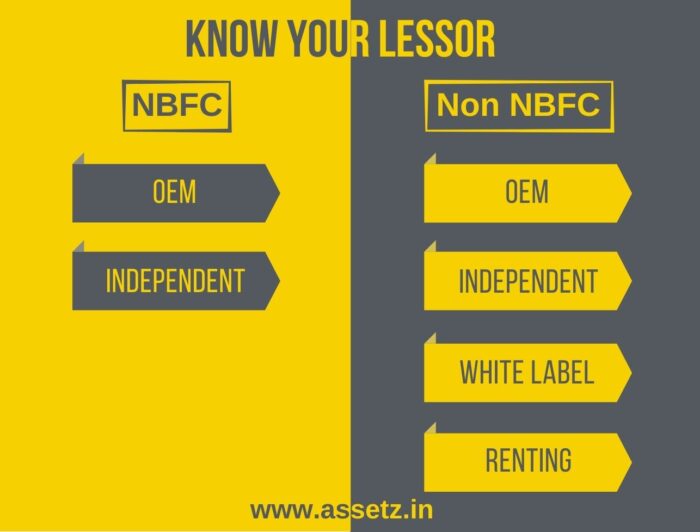Startups optimize everything, including Equipment Leasing. What drives a startup to take equipment on lease?
My decade long journey in equipment leasing has also given me the opportunity to observe how startups approach and evaluate equipment leasing. And I have learnt a lot from them.
1. Efficient Way To Raise Capital
Startups by definition generally share the following traits – a huge cash burn, ongoing losses in the near term, successful equity raise, healthy cash balance, innovative business model, high valuation etc. A sure shot mix for a conservative banking system to not extend any open credit facilities!
In this scenario many startups have successfully leased equipment and saved significant amount of capital which would have otherwise gone in buying the equipment.
This has been possible because equipment leasing companies understand the intrinsic value of the equipment and extend credit against the same even though the financials of the startup may not be strong enough.
I have seen deals where the startups would give significantly high Bank Guarantee to reduce the credit risk and avail of Equipment Lease. One would wonder why did the startup lock capital in a Fixed Deposit and issue a Bank Guarantee to avail funding when it could simply have used the money to buy the equipment.
Most startups ensured timely lease rental payments, and once seasoning was established for a few months, they could convince the funders to significantly lower the Bank Guarantee for taking more equipment on lease.
Once further track record of payments was established, even rival leasing companies came forward to offer higher limits!
2. Help In Increasing Valuation
Once I was discussing the commercials of an equipment lease transaction with a very successful founder.
He knew that the leasing rates were high since he was not ready to give any collateral but he had very sound logic.
He reasoned that though the lease rates were high, it would help him delay his next round of funding and in the meantime his valuation would continue to grow. And when the funding did finally happen, he had enough cash to close the running lease deals as he had very smartly insisted on some favorable early termination clauses while entering the lease transactions.
This is probably one of the smartest ways I have seen a startup use the equipment lease product.
3. Lease Of Low Depreciation Equipment
Leasing of equipment which have depreciation rates between 10-15% as per the Income Tax Act are generally disadvantageous to the Lessor and advantageous to the Lessee.
The Lessor has to treat the rentals as an expense but the corresponding lower depreciation means the Lessor has to pay higher taxes. It is reverse for the Lessee.
A startup can have a back to back tie up with wealth management teams from financial institutions who help them tap into Family Offices, HNI’s and Ultra HNI’s. These high net worth people willingly buy the lease receivables at rates exceeding 20% annually.
Startups are comfortable borrowing at such rates. Though the rates are high, they are still acceptable, as there is no need for any collateral.
Even though these startups may be loss making presently, they know that once they become profitable, the rentals would be tax deductible anyway.
4. Monetize Existing Equipment
Several startups have also used the equipment leasing product as a way to monetize their existing equipment by doing sale-and-lease-back transactions.
A sale-and-lease-back allows them to free up much needed liquidity and at the same time allows them to write off the equipment faster.
A sale-and-lease-back may not be an easy choice for many startups as the collateral demanded may be higher but its still worth exploring.
However, startups must be careful as to which Equipment Type is being considered for a sale-and-lease-back transaction.
5. Manage The Profit & Loss Account
A few years ago I came across a unique transaction. A “Unicorn” wanted to lower their overall expenses as they were under tremendous pressure to declare profit in their books.
Instead of purchasing the equipment, they structured it as a lease with lower payments in the initial years thereby lowering the expenses.
They were able to declare profit and went on to raise capital at higher valuations later!
However, such a transaction is not advisable.
Conclusion
There is a very thin line between a well structured equipment lease transaction and one executed poorly.
Startups who have the right team and advisors have been able to use the equipment leasing product very successfully.






